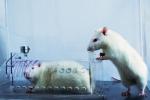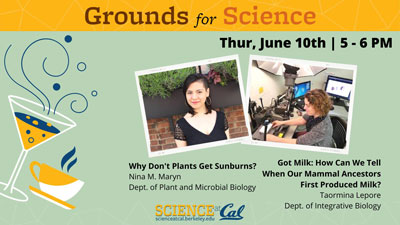Captured in flight
Submitted by rhkayen on Fri, 09/17/2021 - 11:08University of California, Berkeley, doctoral candidate Lawrence Wang, leader of the squirrel documentation project and his team refined efforts to produce the high quality cover images of the August 2021 issue of Science magazine. Their efforts produced some of the best high quality motion shots of fox squirrels showing off their stuff as they leap through the air.








